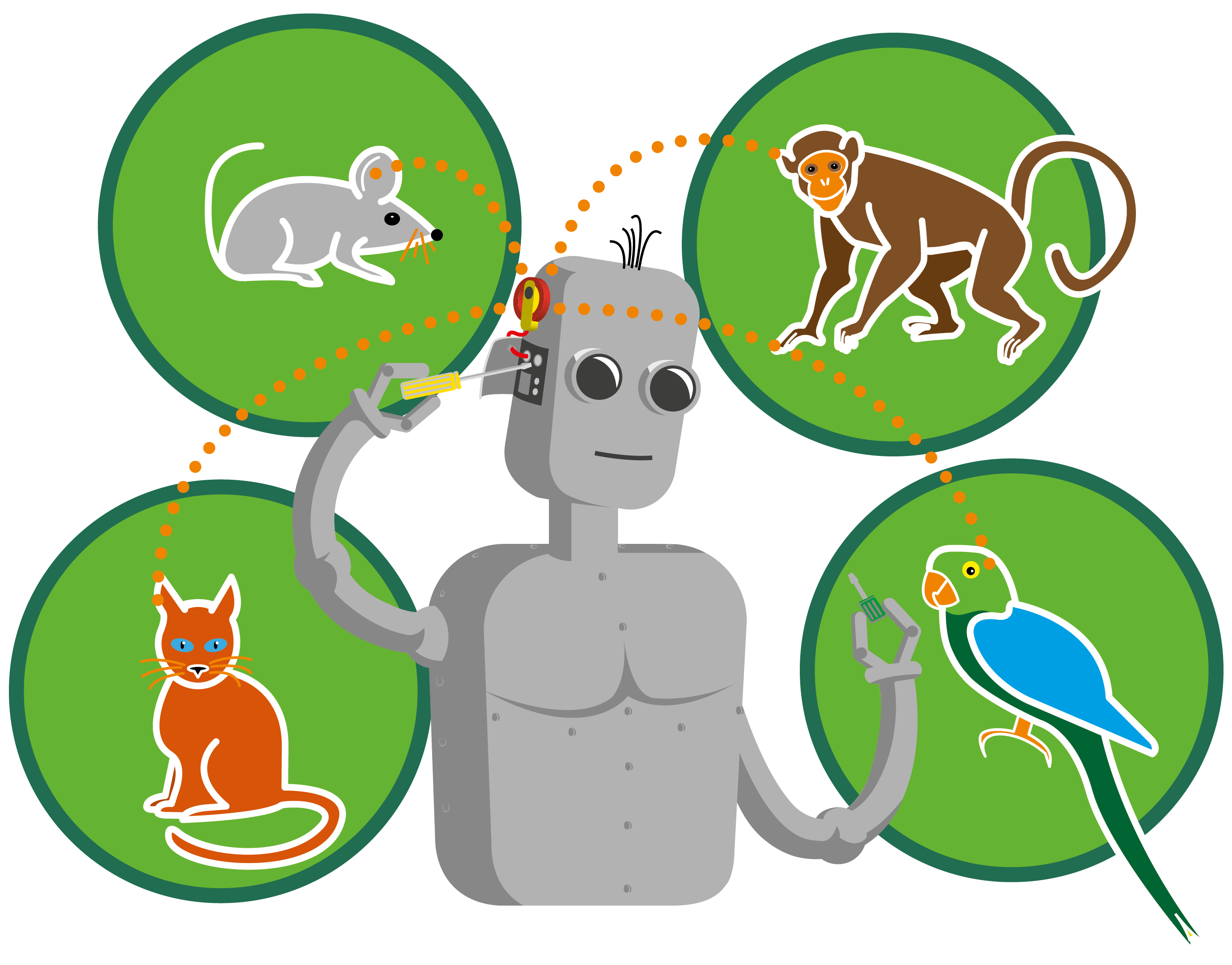How to compare hearing-aid processing of real speech and a speech-modified stimulus for objective validation of hearing-aid fittings?
Keywords:
Hearing aid, Auditory steady-state response, Coupler gain, Noise reductionAbstract
A method is proposed to evaluate whether a modern hearing aid with all automatic features enabled processes a speech-modified stimulus for objective validation of hearing-aid fittings as speech. The proposed method measures short-term coupler gains from brief snippets of steady-state probe noise, crossfaded into either the International Speech Test Signal (ISTS) or the speech-modified stimulus, which thus act as conditioning signals. For reference, the method is also applied to a steady-steady noise signal, which drives the hearing aids into noise mode. Results for a selection of hearing aids show that the method classifies the hearing aids’ mode of processing according to expectations, with all three conditioning signals.
References
Bisgaard, N., Vlaming, M. S. M. G., and Dahlquist, M. (2010). “Standard audiograms for the IEC 60118-15 measurement procedure,” Trends Amplif., 14, 113–120.
Elberling, C. and Don, M. (2010). “A direct approach for the design of chirp stimuli used for the recording of auditory brainstem responses,” J. Acoust. Soc. Am., 128, 2955-2964.
Holube, I., Fredelake, S., Vlaming, M., and Kollmeier, B. (2010). “Development and analysis of an International Speech Test Signal (ISTS),” Int. J. Aud., 49, 891– 903.
IEC 60118-15. (2012). “Electroacoustics – Hearing aids – Part 15: Methods for characterising signal processing in hearing aids with a speech-like signal,” IEC International Standard.
IEC 61669. (2015). “Electroacoustics – Measurement of real-ear acoustical performance characteristics of hearing aids,” IEC International Standard.
Laugesen, S., Rieck, J. E., Elberling, C., Dau, T., and Harte, J. M. (2018). “On the cost of introducing speech-like properties to a stimulus for auditory steady-state response measurements,” Trends Hear., 22, 1-11.
Naylor, G. and Johannesson, R. B. (2009). “Long-term signal-to-noise ratio at the input and output of amplitude-compression systems,” J. Am. Acad. Audiol., 20, 161–171.
Zaar, J., Simonsen, L. B., Behrens, T., Dau, T., and Laugesen, S. (2020). “Investigating the relationship between spectro-temporal modulation detection, aided speech perception, and directional noise reduction preference in hearing- impaired listeners,” Proc. ISAAR, 7, 181-188.
Additional Files
Published
How to Cite
Issue
Section
License
Authors who publish with this journal agree to the following terms:
a. Authors retain copyright* and grant the journal right of first publication with the work simultaneously licensed under a Creative Commons Attribution License that allows others to share the work with an acknowledgement of the work's authorship and initial publication in this journal.
b. Authors are able to enter into separate, additional contractual arrangements for the non-exclusive distribution of the journal's published version of the work (e.g., post it to an institutional repository or publish it in a book), with an acknowledgement of its initial publication in this journal.
c. Authors are permitted and encouraged to post their work online (e.g., in institutional repositories or on their website) prior to and during the submission process, as it can lead to productive exchanges, as well as earlier and greater citation of published work (See The Effect of Open Access).
*From the 2017 issue onward. The Danavox Jubilee Foundation owns the copyright of all articles published in the 1969-2015 issues. However, authors are still allowed to share the work with an acknowledgement of the work's authorship and initial publication in this journal.


